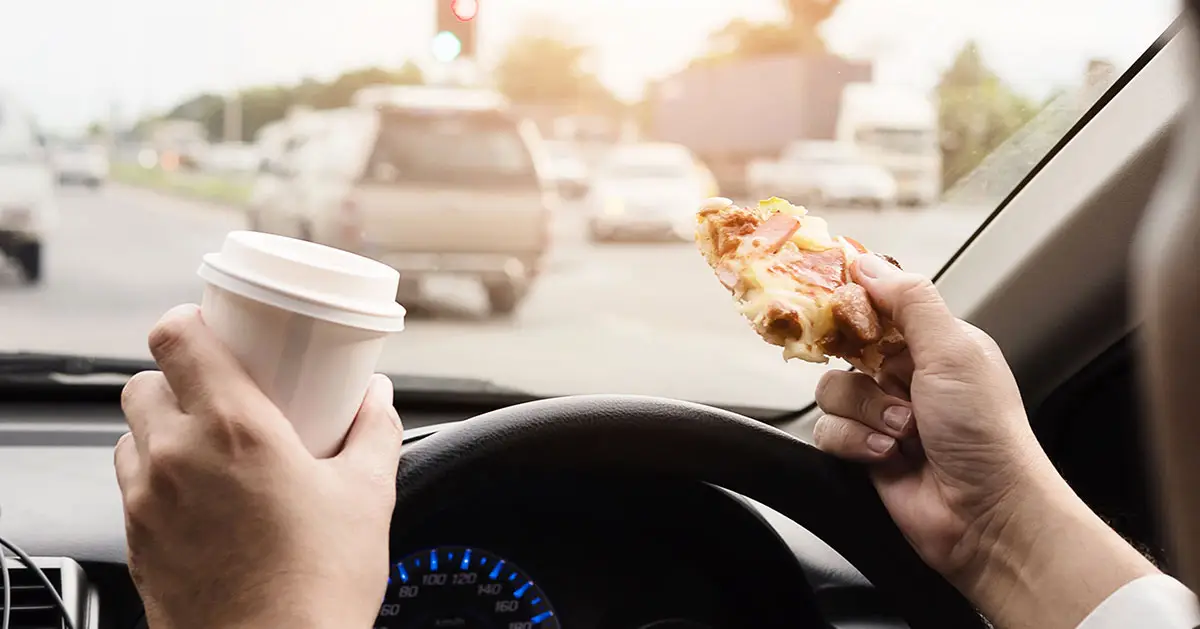Let’s face it… Not everyone is Lewis Hamilton, conquering the roads with speed and panache. Some of us are just average drivers, doing our best to pay attention and follow the rules of the road. And then there are those who drive pretty badly. Seriously, you come across these drivers who seem as though they’ve got the reflexes of a distracted goldfish, or worse, operate their cars as though a gang of hamsters were driving the getaway car from the scene of a crime.
But what actually makes a bad driver? Is it bad luck? A lack of skill? Or just too many episodes of Fast & Furious? Let’s break down the science of bad driving and, more importantly, how to improve.
The overconfidence effect
Studies show that 80% of drivers think they’re above average. If you’re scratching your head, you’re right. That’s mathematically impossible. This is called the Dunning-Kruger Effect, where people overestimate their abilities (like thinking they can drive perfectly while texting).
Fix it: Next time you think you’re a great driver, ask yourself:
- Do I speed up when I see a yellow light?
- Do I check my phone at stop signs?
- Do I tailgate slow drivers like a Formula 1 racer?
If the answer is yes, congrats. You might be overconfident and a tiny bit reckless.
The ‘I can multitask’ myth
People love saying, ‘I can text and drive just fine’. No, you can’t. Neuroscientists have proven that your brain can’t focus on 2 complex tasks at once.
Driving while texting is like juggling knives while blindfolded… Sooner or later, something’s going to go wrong.
Fix it: Put the phone down. Nothing is so important that it’s worth rear-ending a taxi.
The ‘I didn’t see you’ syndrome
Many accidents happen because drivers fail to notice other cars, pedestrians, or even buildings (seriously). This happens because of something called ‘in-attentional blindness’, where your brain filters out what it doesn’t expect to be there.
Fix it: Train yourself to scan intersections properly and check blind spots twice.
The ‘I brake too late’ reflex
If you brake at the last second, you’re giving yourself zero room for error. Studies show that bad drivers have slower reaction times because they don’t anticipate problems. On the 1 hand, you could argue that they’re much happier people because they live their best lives on the road, not expecting anything bad to happen… But if they had to handle their cars as though danger could be lurking 1 or 2 cars ahead of them, they’d be a bit more cautious.
Right? Right.
Fix it: Watch the car 2 cars ahead, not just the 1 in front of you.
Final thoughts: Bad drivers can improve
The good news? Bad driving isn’t forever. By being aware of your habits, you can actually become a safer, smarter driver. Not only could you save your own life, but it could even lower your insurance premiums while you’re at it.
Now go forth, drive responsibly, and let’s keep those roads safe.
And if you want us to be there for if, you know, you run into 1 of those bad drivers on the road, then WhatsApp us on 0860 50 50 50 or click here for a commitment-free quote.
